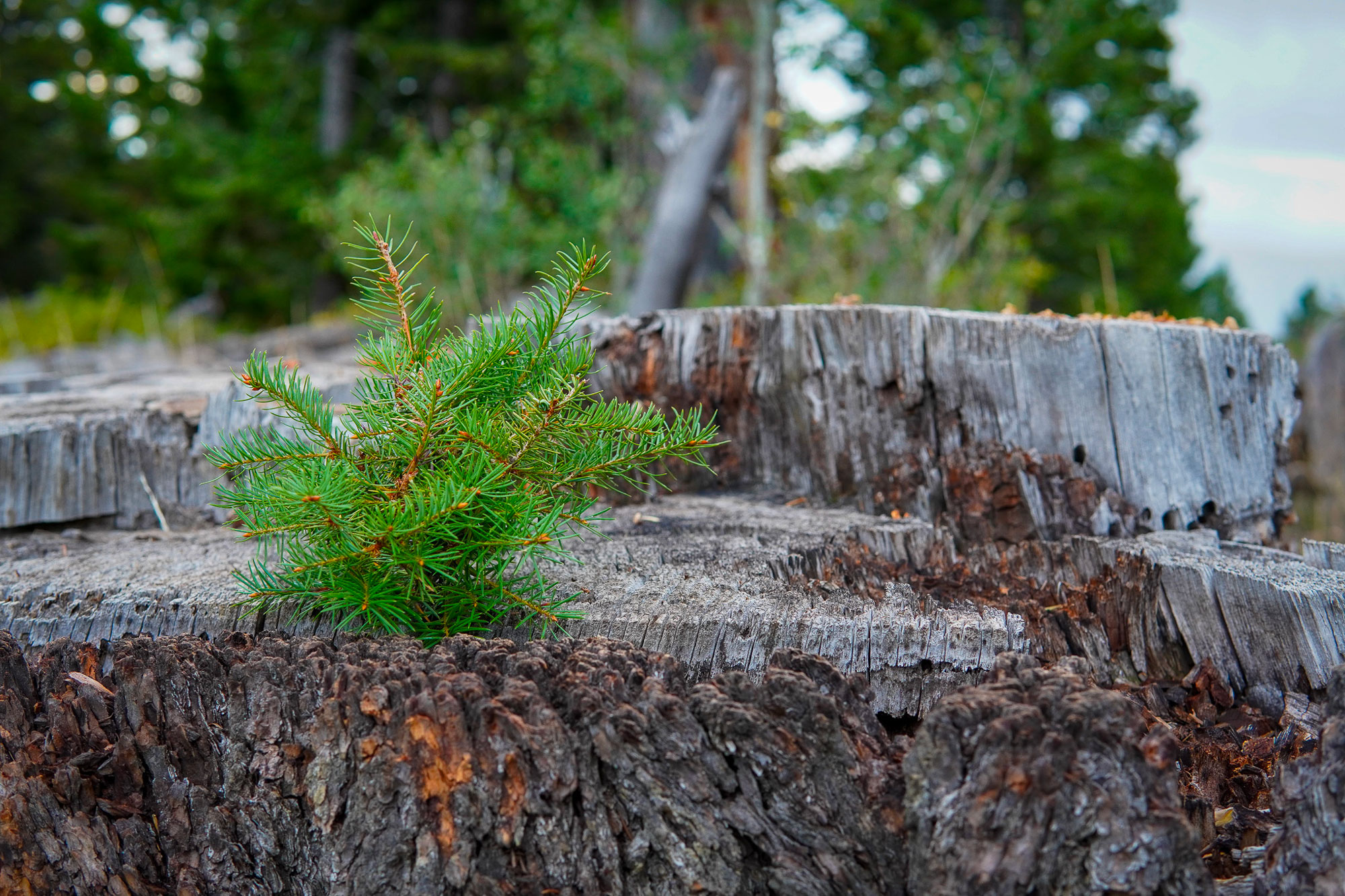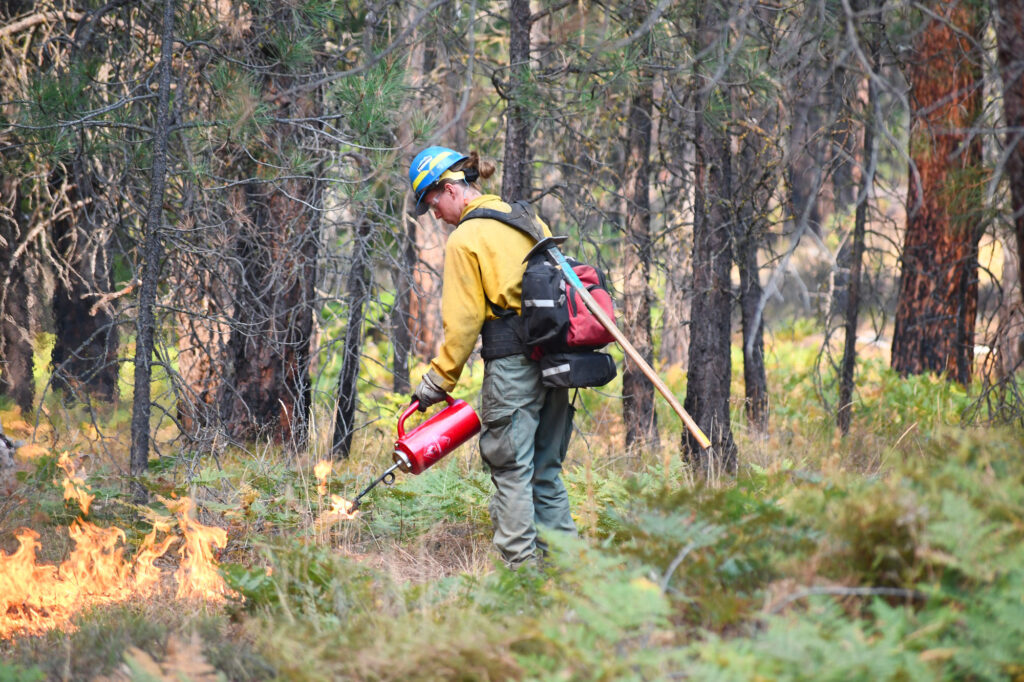
Western Forests Conservation Approach
our approach
IWJV works to reduce wildfire risk, conserve bird habitat, and build climate-resilient western forests.
These strategies leverage our IWJV approach–building partnerships, growing capacity, bridging science and implementation, and engaging in innovative communications efforts—towards this vision.
Specifically, the IWJV’s work in western forests supports our partners in integrating current knowledge, science, and data on bird and wildlife effects of forest management into their work; growing capacity to implement forest management with co-benefits to birds and other wildlife; and communicating the outcomes and needs of this work to relevant audiences.

Western Forest Ecosystems
Known for their diversity, forests within the IWJV boundary vary from lower-elevation, dry pinyon-juniper woodlands to high-elevation whitebark pine forests, with many unique forest types in between. Forest types differ dramatically in their climate, species compositions, disturbance dynamics, and threats, and thus in their management needs. Given such diversity, the IWJV must prioritize our investments in forest ecosystems. We have identified dry forests and woodlands as priorities for early engagement because of their risk of catastrophic wildfire, declining bird species, important wildlife habitat, proximity to human communities, and extent within the IWJV boundary.

We see opportunities in these forest types to support, expand, and build partnerships for collaborative conservation.
Dry, frequent-fire forests are dominated by fire-tolerant tree species in dry settings. Historically, dry, frequent-fire forests primarily experienced low to moderate severity fire often. Ignitions were caused by lightning, and—before Euro-American colonization—fires were used as a management practice by Indigenous peoples. Drought, insects, and pathogens also played a role in structuring dry, frequent-fire forests. As a result of these disturbances, when low-severity fires were frequent, stand-replacing fires were limited.
As a result of fire suppression, prohibition of Indigenous burning, historical management, and climate change, forest structure and function have changed in dry, frequent-fire forests, ultimately increasing high severity fire and reducing drought and wildfire resilience. Restoring resilience to these forests requires active management and the return of appropriate fire to the landscape. Research shows that fuels treatments can reduce the risk of catastrophic wildfires. Bird habitat can also benefit from fuels reduction and forest restoration treatments and is a priority for our work in this area.
IWJV FOREST WORK STRATEGIES
Community-Based Capacity
We place conservation professionals in communities that accelerate the pace and scale of projects across land ownerships and collaborate with partners on forest management to scale up implementation.
Communications
We tell the story of forest management successes, struggles, and events and broadcast these messages to key audiences increasing awareness and engagement.
Science to Implementation
We strengthen access, incorporation, and application of current science, research, data tools, and knowledge related to forest and woodland management work on the ground.


